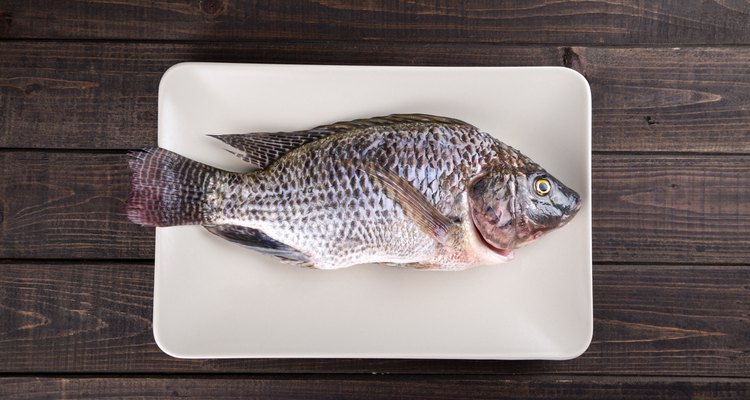
jimmyan/iStock/Getty Images
Tilapia is a good candidate for deep-frying. It's firm enough to stay in one piece as it cooks, yet soft and flaky enough for a pleasing contrast to a crispy batter coating. If you're new to deep-frying, know that the key to a successful result is heating the oil to the right temperature. This means you should invest in a deep-fry thermometer -- and don't let your tilapia anywhere near the pan until it's ready. Use fillets rather than whole fish, whip up a quick beer batter and the whole process will be fuss-free as well as satisfying.
Take tilapia fillets out of the refrigerator and set them aside. You want the fish to reach room temperature by the time you are ready to fry it.
Mix flour, beer and a pinch of salt in a large bowl to make a thick batter. The mixture should have a similar consistency to pancake batter. Add more beer for a thinner batter and a lighter coating or more flour for a thicker batter and a heavier coating on the fish.
Pour oil into your deep-fryer to the suggested level, or fill a heavy-bottomed saucepan with oil until it's about one-third full. Use a pan that is deep enough to submerge the fillets in oil and wide enough for the fillets to fit without crowding.
Turn the heat to 370 degrees Fahrenheit on the deep-fryer or, if using the stove, turn to medium-high. The oil is ready for frying when the thermometer reads 370 F. If you don't have a thermometer, drop a cube of bread into the oil. If it turns crispy and golden within one minute, the oil is ready.
Pick up a tilapia fillet by one end and dunk it in the batter to get a good coating. Let the excess batter drip back into the bowl for a few seconds and then gently lower the fish into the pan of hot oil.
Repeat with the rest of your tilapia fillets, but don't crowd the pan -- each fillet should have room to move around. Cook in batches, if necessary. Stay by the pan and keep your eye on the fillets as they cook.
Turn the tilapia fillets over using tongs or a slotted spoon when they start to look a little crisp, but before they turn golden. This should take less than 5 minutes. Smaller pieces only need a few minutes.
Remove the fish when the batter has turned golden brown, which should only take a few more minutes. Drain on paper towels and serve while the fish is still hot.
Turn the heat off and let the oil cool to room temperature, then either discard it or store the oil in a covered container for future fish frying. The oil will taste mildly fishy, so label it "for fish."
Related Articles
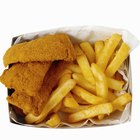
How to Fry Mullet
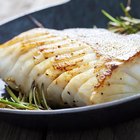
How Do I Pan Fry Fresh Fish With a ...

How to Deep Fry Haddock Fish
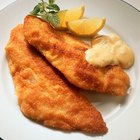
How to Fry Fish That Was Frozen

How to Cook Manitoba Pickerel

How to Cook Marinated Fish
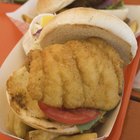
How to Cook Fish With Flour
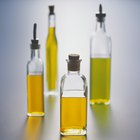
How to Soak Tilapia in Milk and Panko ...

How to Fry Fish in Butter

Can You Cook Fish Without Batter?
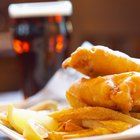
How to Make a Batter for Baking Fish
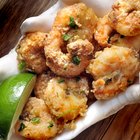
Frying Shrimp in a Light Batter or Flour

How Long Do You Cook Haddock Fillets in ...
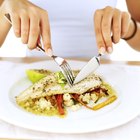
How to Bake Boneless Skinless Tilapia

The Best Ways to Fry Hush Puppies
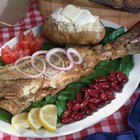
How to Cook Swai With Breading
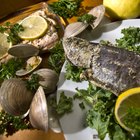
Fish Cooking Temperature
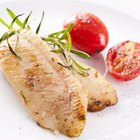
How to Cook Fried Flounder Fillets
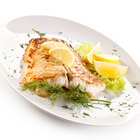
How to Cook Scamp Fish

How to Cook Trigger Fish
References
- Delia's Complete Cookery Course; Delia Smith
- The Paupered Chef: Baja Fish Tacos
Resources
Tips
- As an alternative to beer batter, dip fillets in flour, then beaten egg, and then a coating of breadcrumbs.
- If your pan isn't large enough to accommodate whole tilapia fillets, or if you prefer bite-sized morsels, cut them into strips or smaller pieces. Reduce the cooking time accordingly.
- Serve deep-fried tilapia in a sandwich with tartar sauce and crispy lettuce. Use it for fish tacos or prepare fries and douse with malt vinegar for a classic fish and chips dinner.
Warnings
- Never leave a pan of hot oil unattended and don't let it overheat. If you see wisps of smoke rising from the oil, it is too hot, so turn the temperature down.
Writer Bio
Joanne Thomas has worked as a writer and editor for print and online publications since 2004. Her writing specialties include relationships, entertainment and food, and she has penned pieces about subjects from social media tools for Adobe to artists’ biographies for StubHub. Thomas has also written for such names as Disney, Hyundai, Michelob and USA Today, among others. She resides in California and holds a bachelor’s degree in politics from the University of Bristol, U.K.
Photo Credits
jimmyan/iStock/Getty Images